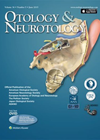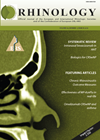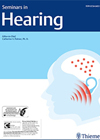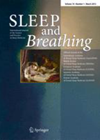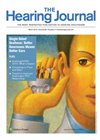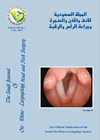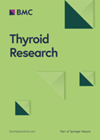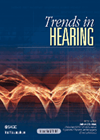
Journal Reviews archive for May 2015
When should we decompress the facial nerve in Bell’s Palsy?
It has been over three decades since Fisch popularised facial nerve (FN) decompression for Bell’s Palsy. Studies further exploring this have been few since, partly due to the major complications that can occur following this type of surgery. The current...
The effect on taste buds due to severing of the chorda tympani nerve
The long-term histological effect on taste buds following cutting of the chorda tympani in humans is not clear. Confocal laser scanning allows in-vivo examination of the same group of taste buds and is aiding our understanding of why patients recover...
Consider PCR testing in culture negative necrotising otitis externa
Necrotising otitis externa (NOE) often does not yield identification of a causative organism to treat although in 90% of cases it is a member of the pseudomonas species. The incidence of fungal NOE is not to be forgotten and this...
The association of frontal recess anatomy and mucosal disease on the presence of chronic frontal sinusitis: a computed tomographic analysis
Ostial obstruction is a primary pathophysiological mechanism contributing to sinusitis, which can be caused by anatomical variations, mucosal inflammation or both. This retrospective case series aimed to identify anatomical factors and inflammatory areas relating to chronic frontal sinusitis on nasal...
Four (more) ways to reduce turbinates
Setting aside the issue of when/if to reduce inferior turbinates, the issue of how to reduce turbinates is a never-ending story. This edition of rhinology carries two articles looking at this subject, both prospective randomised trials comparing two different methods...
Hearing aid standards and test systems
Hearing aids are the most used management / rehabilitation option for people with hearing loss. Generally, hearing instrument manufacturers perform the hearing aid performance measurements and provide its specification in terms of functionality. However, it is also common for government...
Diagnosis and treatment of snoring in adults – S2k Guideline of the German Society of Otorhinolaryngology, Head and Neck Surgery
This article summarises the work done by the German Society of Otorhinolaryngology, who have developed guidelines for the management of snoring. ‘S2k’ is German nomenclature for a consensus based guideline, which (for those of you interested in such things), is...
A future for unilateral deafness
Every year, we see several patients struggling with irreversible unilateral hearing loss that is non-responsive to sound amplification. This article emphasises that clinicians should not underestimate the functional and psychological impairment single-sided deafness can have on an individual, even though...
Sulcus vocalis in patients attending voice clinics: A retrospective study
Sulcus vocalis was first described by Giacomini. This includes a variety of anatomic indentations of the vocal fold, ranging from shallow longitudinal furrows to deep vocal cord pits. This retrospective study was conducted at King Saud University between 2006 and...
Follicle stimulating hormone receptors; an aid for the pathologist?
It is well known that Follicle Stimulating Hormone receptors (FSHRs) are found in extra-gonadal tumours such as those within thyroid tissue. This Polish study analysed 44 thyroid resection specimens to look for the presence of these receptors. No mention is...
Hearing loss in the young and self-esteem
How can those involved in the care of children with hearing loss identify those at risk of low self-esteem? This study provides some guidance. Overall differences from hearing peers in terms of communication skills, physical appearance and social maturity place...

